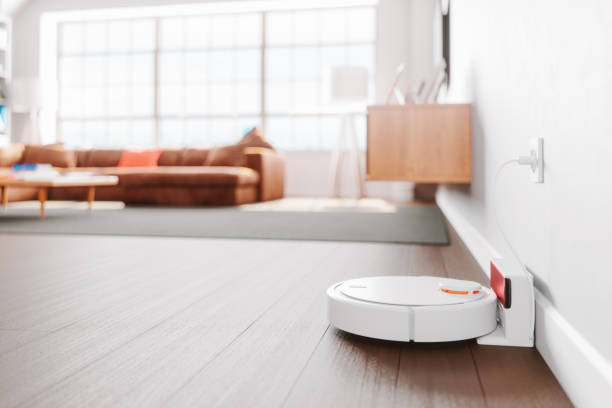The Emergence of Smart Dust: A New Wave in Tech Revolution
Smart dust, a term coined in the late 90s, is pushing the boundaries of technology as we know it. This technology, which consists of tiny microelectromechanical systems (MEMS), is gaining traction in various sectors, from environmental monitoring to healthcare. However, the implications and potential applications of Smart Dust are far-reaching, and we are only just beginning to scratch the surface.

A Brief History of Smart Dust
The concept of Smart Dust was first introduced in 1997 by researchers at the University of California, Berkeley. The idea was to create tiny, wireless sensors that could monitor everything from temperature to light, providing valuable data in real-time. Since then, the field has grown exponentially, with advancements in nanotechnology and wireless communication paving the way for more sophisticated and versatile smart dust systems.
The Implications of Smart Dust Today
Today, Smart Dust is making waves in the tech world. In environmental monitoring, for example, Smart Dust can provide real-time data on air and water quality, helping to mitigate the impacts of pollution and climate change. In healthcare, smart dust particles could potentially be ingested or implanted in the body to monitor vital signs and detect diseases at an early stage.
Moreover, the military is exploring the use of Smart Dust for surveillance and battlefield intelligence. The tiny sensors could be dispersed over a large area to monitor enemy movements and gather crucial data without being detected.
The Future of Smart Dust
As we look to the future, the potential applications of Smart Dust are limitless. For instance, in the realm of IoT, Smart Dust could be the missing link to create truly interconnected and responsive environments. Imagine a world where every object, from your coffee maker to your car, could communicate with each other, optimizing functionality and efficiency seamlessly.
The potential market impact of Smart Dust is also significant. According to a report by Market Research Future, the global Smart Dust market is projected to reach $3 billion by 2023, growing at a CAGR of over 64%. This growth is primarily driven by increasing adoption in healthcare, military, and environmental monitoring.
The Challenges of Smart Dust
Despite its potential, Smart Dust also presents certain challenges. For one, the small size of the dust particles makes them difficult to control and manage. Moreover, there are pressing concerns regarding privacy and security. Without proper regulations, Smart Dust could be used in intrusive and unethical ways, such as unauthorized surveillance.
A New Era in Technology
As we move forward, it’s clear that Smart Dust represents a new era in technology. Its potential to revolutionize various sectors is immense. However, it’s crucial to address the challenges and ethical implications that come with it. As with any technological advancement, the goal should be to harness its potential for the greater good, ensuring a future where technology serves humanity, not the other way around.




